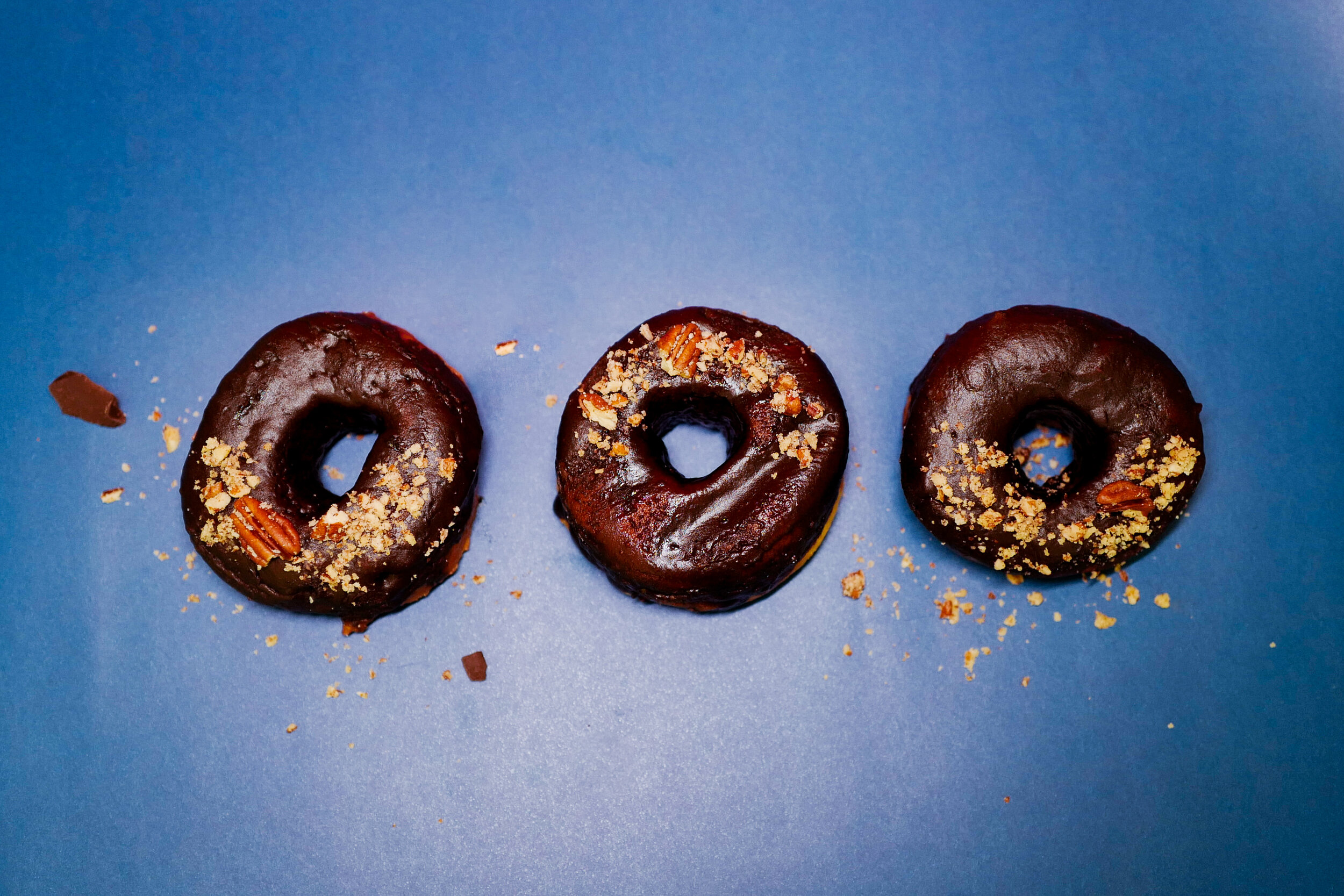photographed by: JP Gopez
Our top favourites for doughnuts would definitely have to be #JCO and #KrispyKreme. And when we were all forcibly thrown into the reality of this pandemic, we decided to start exploring recipes that would enable us to enjoy our favourites right in the comfort of our own homes.
Sharing with you this super easy recipe we found on - https://cooking.nytimes.com/recipes/1017065-classic-glazed-doughnuts . You can tweak the recipe a little bit to adjust the softness/fluffiness and bite of your bread!
Yield: 12 dougnuts
Time: about 3 hours
INGREDIENTS
FOR THE DOUGHNUTS
1 ¼ cups milk
2 ¼ teaspoons (one package) active dry yeast
2 eggs
8 tablespoons (1 stick) butter, melted and cooled
¼ cup granulated sugar
1 teaspoon salt
1 cup bread flour, 3 ¼ cups all-purpose flour, plus more for rolling out the dough
2 quarts neutral oil, for frying, plus more for the bowl
FOR THE GLAZE - used the chocolate glaze recipe found here: https://www.kingarthurbaking.com/recipes/three-easy-doughnut-glazes-recipe
1/2 cup (85g) semisweet chocolate chips or chopped semisweet or bittersweet chocolate
2 tablespoons (28g) butter
1 tablespoon + 1 teaspoon (25g) light corn syrup
1/4 teaspoon vanilla extract



